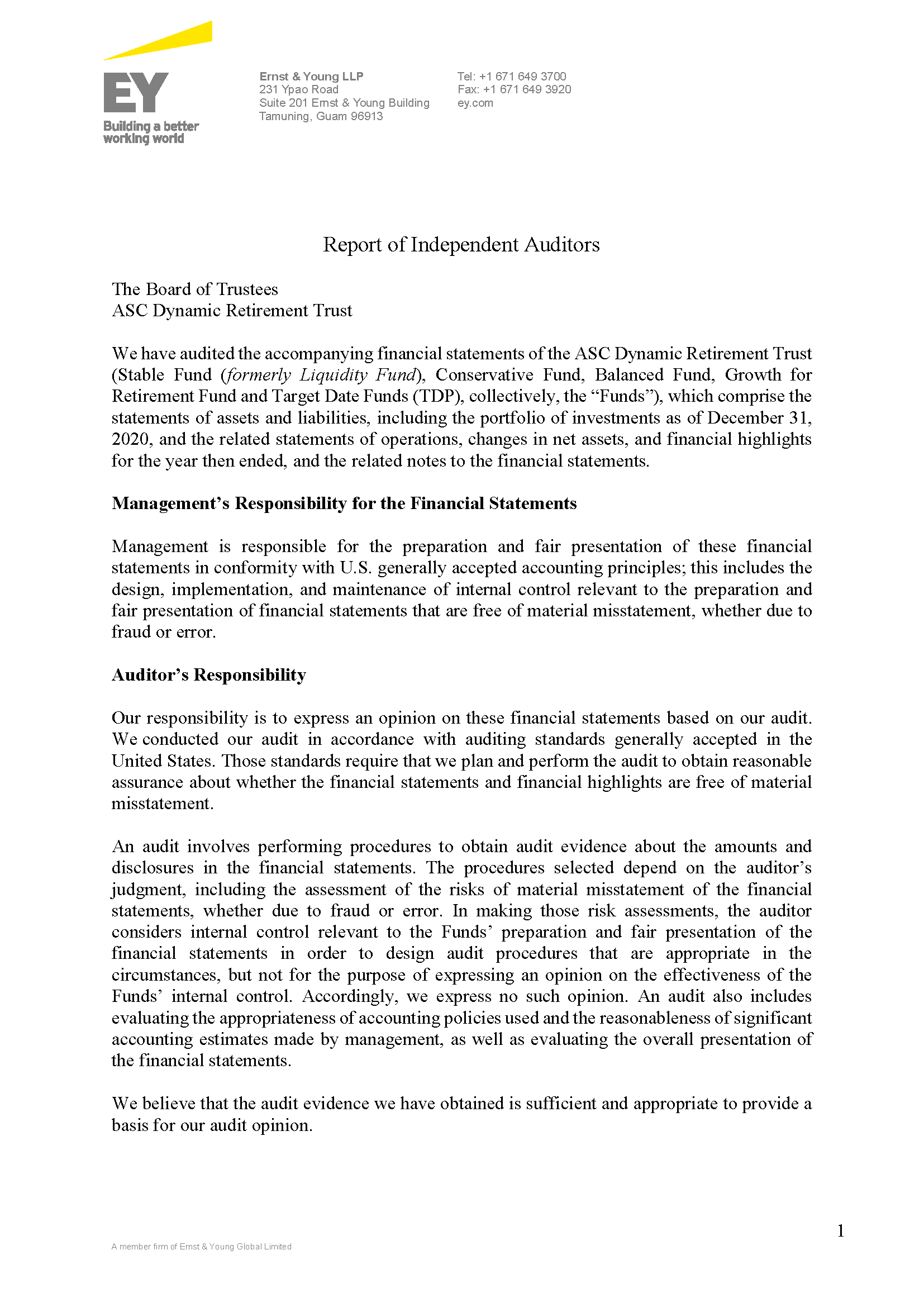A Cafeteria Plan, which includes Premium Only Plans and Flexible Spending Account Plans, is an employee benefits program designed to take advantage of Section 125 of the Internal Revenue Code. A Cafeteria Plan allows employees to pay certain qualified expenses—such as health insurance premiums, medical expenses, and day-care expenses—on a pre-tax basis, thereby reducing their total taxable income and increasing their spendable, take-home income.
How does a cafeteria plan work?
Employer contributions to the cafeteria plan are usually made pursuant to salary reduction agreements between the employer and the employee in which the employee agrees to contribute a portion of his or her salary on a pre-tax basis to pay for the qualified benefits. Salary reduction contributions are not actually received by the participant. Therefore, those contributions are not considered wages for federal income tax purposes. In addition, those sums generally are not subject to FICA and FUTA.
Qualified Benefits
Qualified Benefits Include
Adoption assistance
Dependent care assistance
Group–term life insurance coverage
Accident and health benefits
(but not Archer medical savings accounts or long-term care insurance)
Health savings accounts
(including distributions to pay long–term care services)
What is a flexible spending arrangement?
A flexible spending arrangement (FSA) is a form of cafeteria plan benefit, funded by salary reduction, that reimburses employees for expenses incurred for certain qualified benefits. An FSA may be offered for dependent care assistance, adoption assistance, and medical care reimbursements. The benefits are subject to an annual maximum and are subject to an annual “use–or–lose” rule. An FSA cannot provide a cumulative benefit to the employee beyond the plan year.








